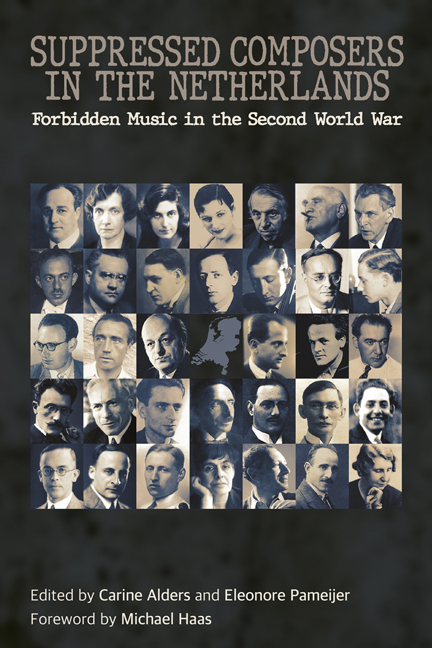12 - Paul (Pál) Hermann
Published online by Cambridge University Press: 09 May 2024
Summary
The cellist and composer Paul (Pál) Hermann changed course several times during his life to escape the claws of anti-Semitism. As a young musician, he felt that there was no future for him in Hungary and so he left for Berlin. But in 1933, after a holiday in the Netherlands, he decided not to return to his Berlin home. He performed as long as he could throughout Europe, presenting his own music and works by his teachers Kodály and Bartók.
Paul (Pál) Hermann was born on 27 March 1902, in a prosperous neighbourhood in Buda, the western part of Budapest. An amusing anecdote relates that young Pál would practise the piano only if he received a penny for each etude he played. It is unknown who gave him his first cello lessons, but at the age of thirteen he attended the Franz Liszt Academy. He became friends with the violinist Zoltán Székely, the pianist Géza Frid and their teachers Zoltán Kodály and Béla Bartók. He studied cello with Adolf Schiffer and composition and chamber music with Leo Weiner.
On a spring afternoon in 1918, Hermann was on the same tram back home as Kodály, a teacher only ten years his senior. Hermann had with him a string trio composed by Székely. Hermann conversed with Kodály and when they came to a stop, he started to whistle a section from the piece. Just before getting off the tram, he impulsively handed Kodály the score. It must have made an impression, since, soon after, Székely and Hermann were invited to Kodály's home and began to study with him. It was the beginning of a long friendship.
In 1920, Hermann performed for the first time outside Hungary, playing Kodály's Sonata for solo cello, Op. 8, during a private concert at Arnold Schoenberg's home. This Sonata also provided Hermann's international breakthrough as an interpreter of contemporary music, when he performed it in Salzburg, in August 1923, at a concert of the International Society for Contemporary Music (ISCM).
Hungary went through a turbulent time during the interbellum. Admiral Horthy’s3 reign legitimised intense anti-Semitism, and it is not surprising that many young Jewish musicians left the country.
- Type
- Chapter
- Information
- Suppressed Composers in the NetherlandsForbidden Music in the Second World War, pp. 125 - 134Publisher: Boydell & BrewerPrint publication year: 2024



